A previously uncharacterised class of antifungals that is effective against several critical fungal pathogens has been discovered.
The researchers at McMaster University in Canada demonstrated a novel platform for antifungal discovery using prefractionation – a method that allows for specific molecules to be teased out from complex chemical mixtures – to screen for, and uncover, previously overlooked bioactive compounds.
Using this approach, the team isolated a family of lipopeptaibiotics from the plant-dwelling fungus Coniochaeta hoffmannii. The lipopeptaibiotics have a unique structure, terminating in a polar amino acid residue, rather than a C-terminal amino alcohol, representing a distinct subclass the researchers called coniotins.

Assessing the antifungal activity of coniotin A in comparison to first-line antifungals, including caspofungin, amphotericin B and fluconazole, the researchers found it had broad-spectrum activity against various Candida yeasts, Cryptococcus neoformans, Nakaseomyces glabratus and baker’s yeast Saccharomyces cerevisiae.
Coniotin A also exhibited potent activity against multidrug-resistant Candida auris and Aspergillus fumigatus, both of which have been identified as critical threats by the World Health Organization, surpassing the efficacy of caspofungin and fluconazole.
The antifungal has a rare mechanism of action, selectively acting on the fungal cell wall, causing damage by binding beta-glucan – an essential cell wall polysaccharide. Through this action, coniotin A increased the pathogen’s sensitivity to another antifungal, casofungin, and overall the researchers said there was low potential for resistance development.
The researchers said the coniotins were a candidate for combating multidrug-resistant fungal pathogens and that, due to their physicochemical properties, they could be suitable for topical or intravenous administration.
References
X Chen et al, Nat. Commun., 2025, 16, 7337 (DOI: 10.1038/s41467-025-62630-z)




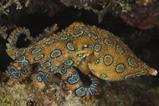
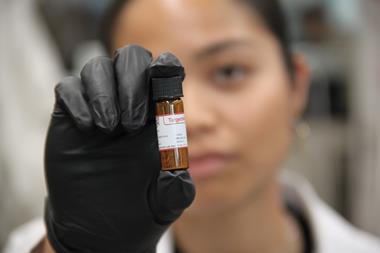
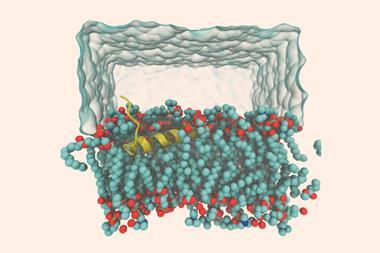
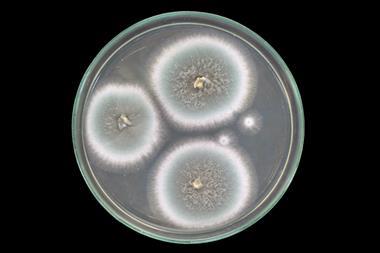

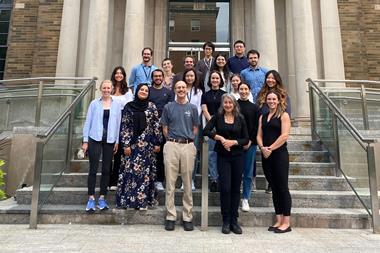
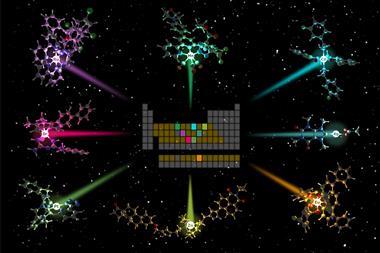



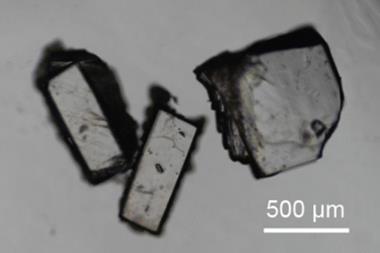
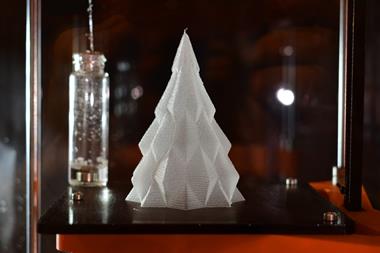

No comments yet